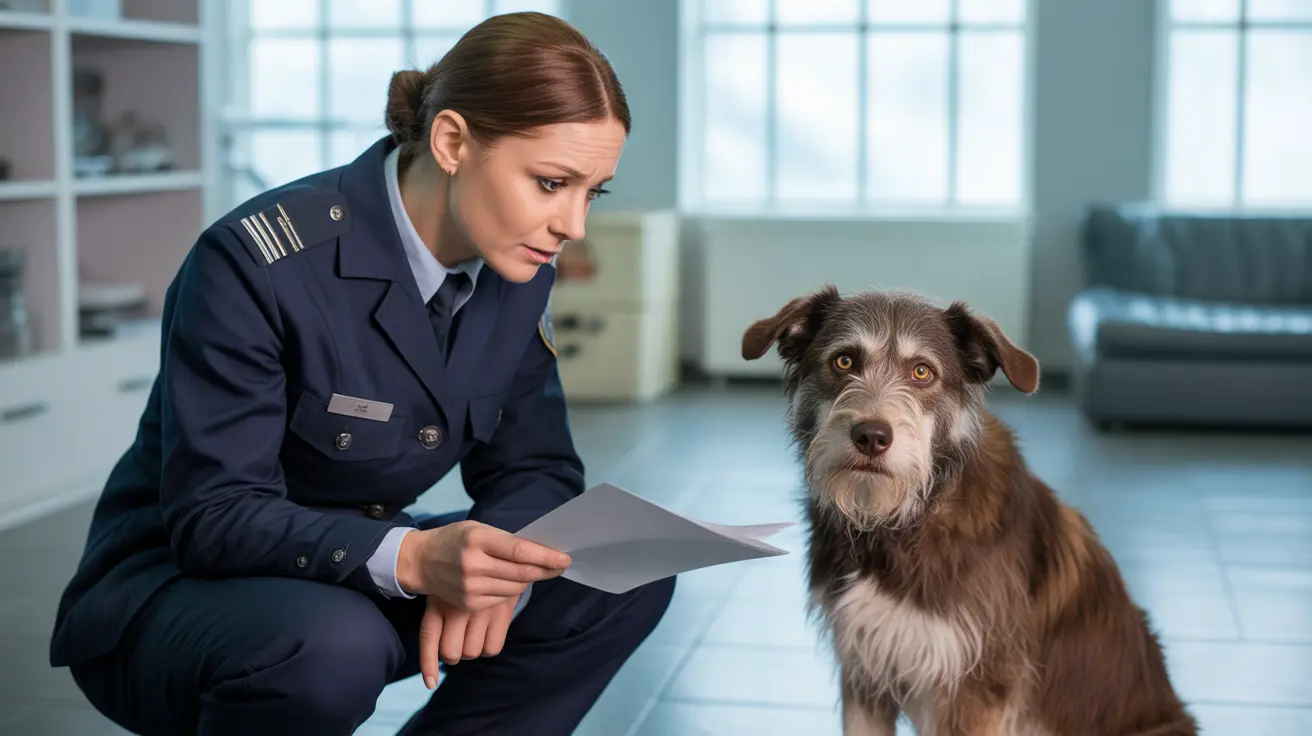Should You Cover Your Dog's Crate at Night?
When it comes to crate training and ensuring optimal comfort for your dog at night, many pet owners wonder whether it's beneficial to cover the crate. Drawing from canine behavior and crate training principles, the answer is nuanced but affirmatively leans toward covering — at least partially.
Why Crates Work: The Den Instinct
Dogs are den animals by nature. In the wild, they seek enclosed, quiet, and dimly lit areas when they are:
- Injured or ill
- Fearful or anxious
- Raising young
- Trying to rest or sleep
This innate behavior translates well to crate use. A crate creates a safe and personal sanctuary where dogs can retreat, decompress, and enjoy solitude. Covering a crate enhances this den-like feel, especially for wire crates that may otherwise feel too open and exposed.
Benefits of Covering Your Dog's Crate at Night
- Improves Sleep Quality: Covering darkens the interior, signaling rest time and reducing visual stimuli that may cause arousal or barking.
- Reduces Anxiety: Dogs who are frightened by outside noises or lights may feel safer with a partial crate cover.
- Encourages Routine: Consistent nighttime coverage helps establish bedtime cues for your dog.
How to Safely Cover a Crate
While covering has benefits, safety is key. Follow these guidelines:
- Leave at least one or two sides uncovered to allow for ventilation and visual access.
- Use breathable materials like light cotton sheets or specially designed crate covers rather than heavy blankets.
- Ensure the dog’s comfort—some dogs may initially resist the change, so introduce the cover gradually.
When Not to Cover a Crate
Not every dog benefits from a covered crate. You may want to avoid covering it if your dog:
- Shows signs of distress like barking, scratching at the cover, or heavy panting
- Overheats easily, especially in warmer climates or seasons
- Chews fabric, posing a choking hazard or risk of digestive obstruction
If your dog appears agitated when the crate is covered, it’s best to leave one or more sides completely open or skip covering altogether.
Crate Placement and Environment
The crate’s location in your home matters too. Place it in a quiet, low-traffic area to minimize disturbances. Pairing this with a cover creates an optimal sleeping environment.
Crate Size and Comfort
Ensure your dog’s crate is the right size. A dog should be able to:
- Stand up comfortably
- Turn around easily
- Lie on their side with fully extended limbs
Too tight a space is not only uncomfortable but may also cause negative associations. If using bedding or crate mats, measure accordingly to maintain spaciousness. For puppies, using a crate with a movable divider panel helps maintain an appropriately sized lounging area as they grow.
Choosing the Right Crate Type
Not all crates are created equal, and the covering approach depends on the type of crate:
- Wire Crates: Best suited for covering as they allow good airflow when at least one side is open.
- Plastic Crates: Usually have solid sides; covering may not be necessary or recommended except to reduce light exposure.
- Mesh/Fabric Crates: Already provide a cave-like environment; additional covering may not be needed.
Alternatives to Full Coverage
If your dog reacts poorly to full coverage, these alternatives provide balance:
- Cover only the top and back of the crate
- Use commercial crate covers with adjustable roll-up sides
- Place the crate beside a wall or furniture to reduce visual stimuli from one side
Conclusion: Coverage Tailored to the Dog
Covering a crate at night can provide comfort, security, and promote better rest for most dogs. However, it's not a one-size-fits-all solution. Monitor how your dog reacts to a covered crate and adjust accordingly. A well-fitting, properly located, and thoughtfully set up crate — covered or not — can be a cornerstone of your dog's wellbeing, especially when integrated with positive reinforcement and routine.





